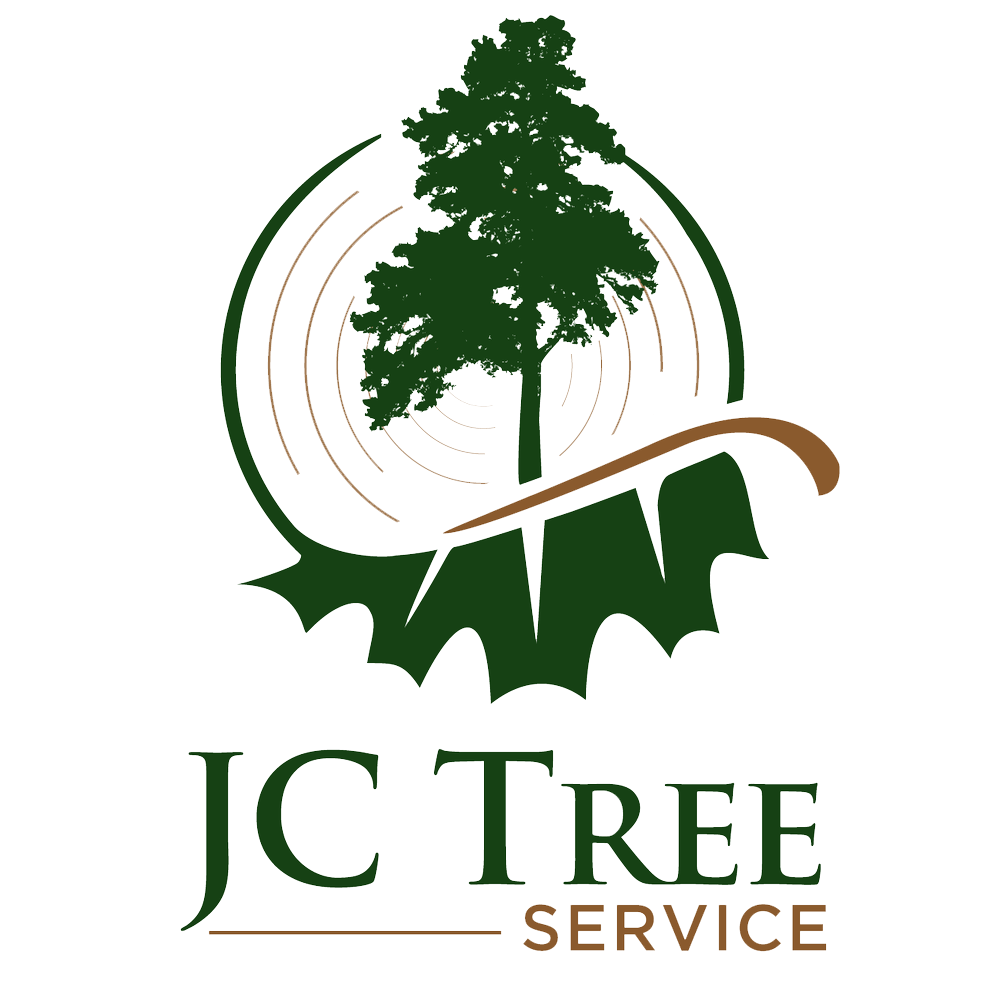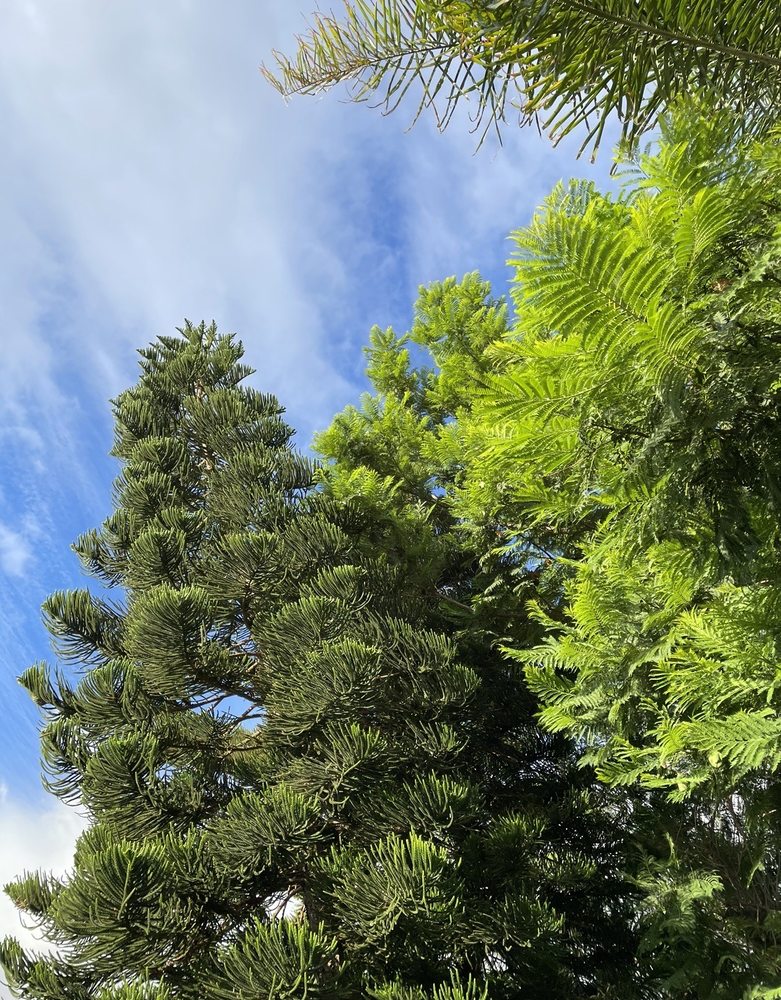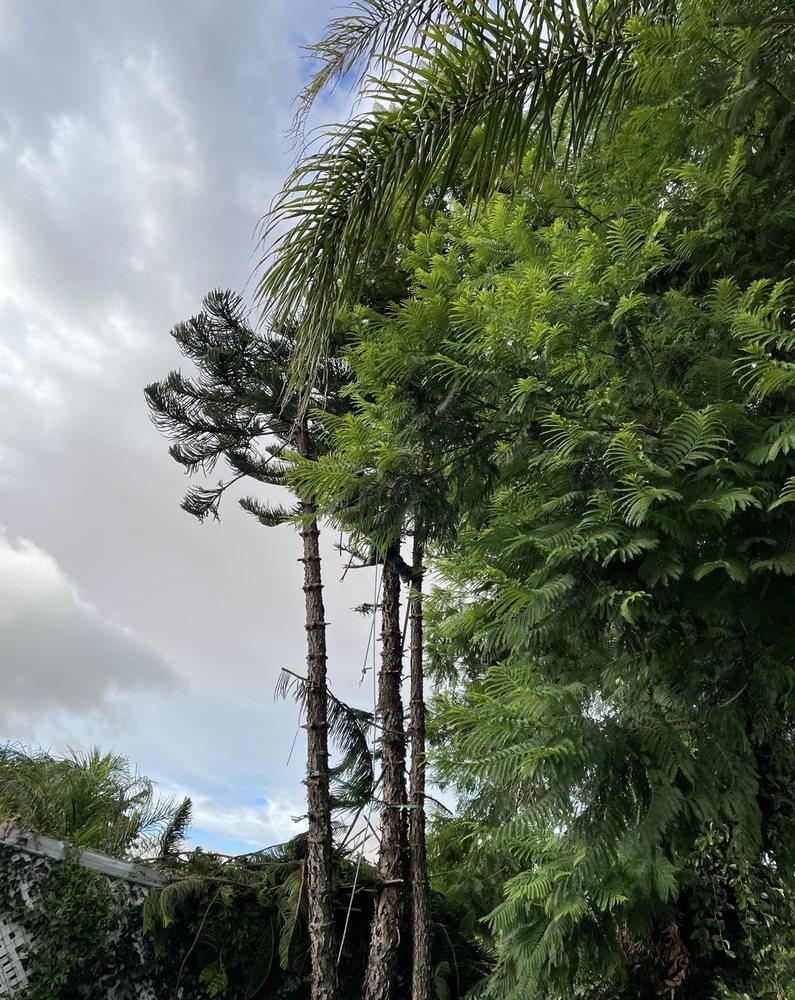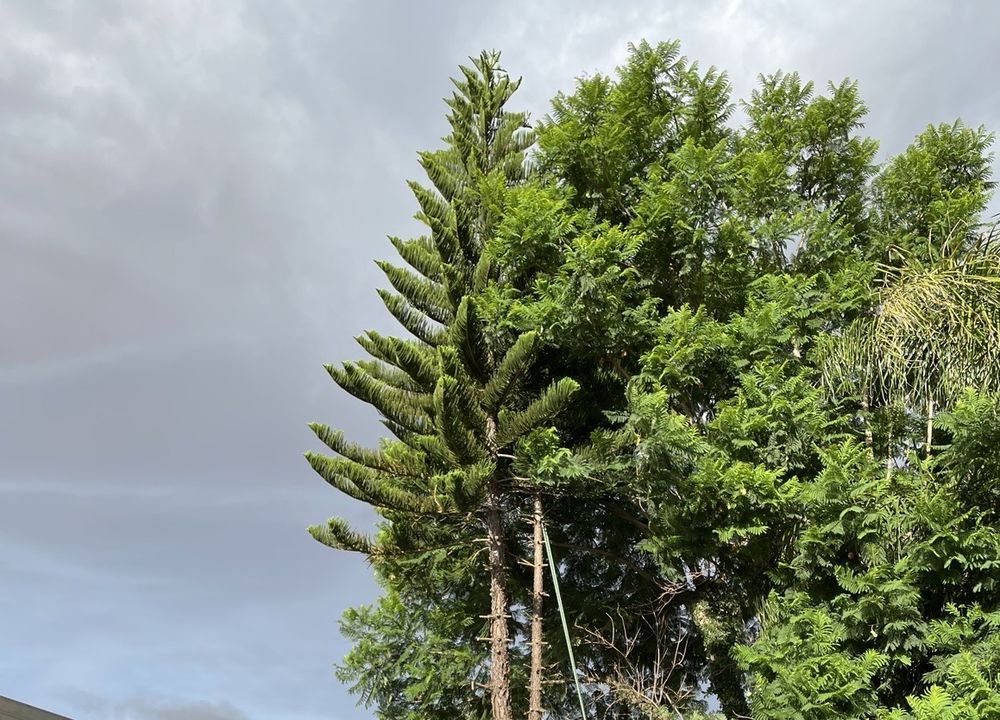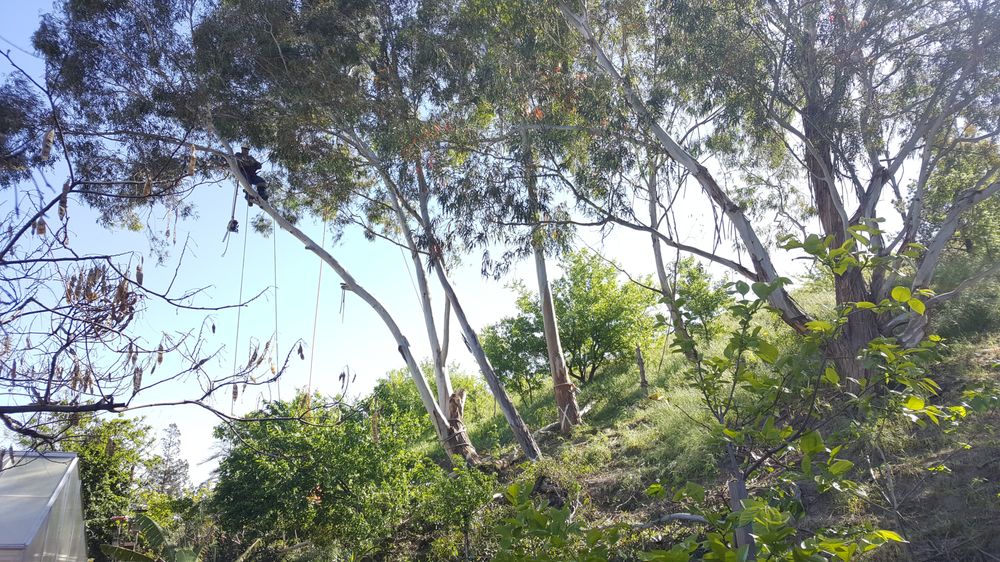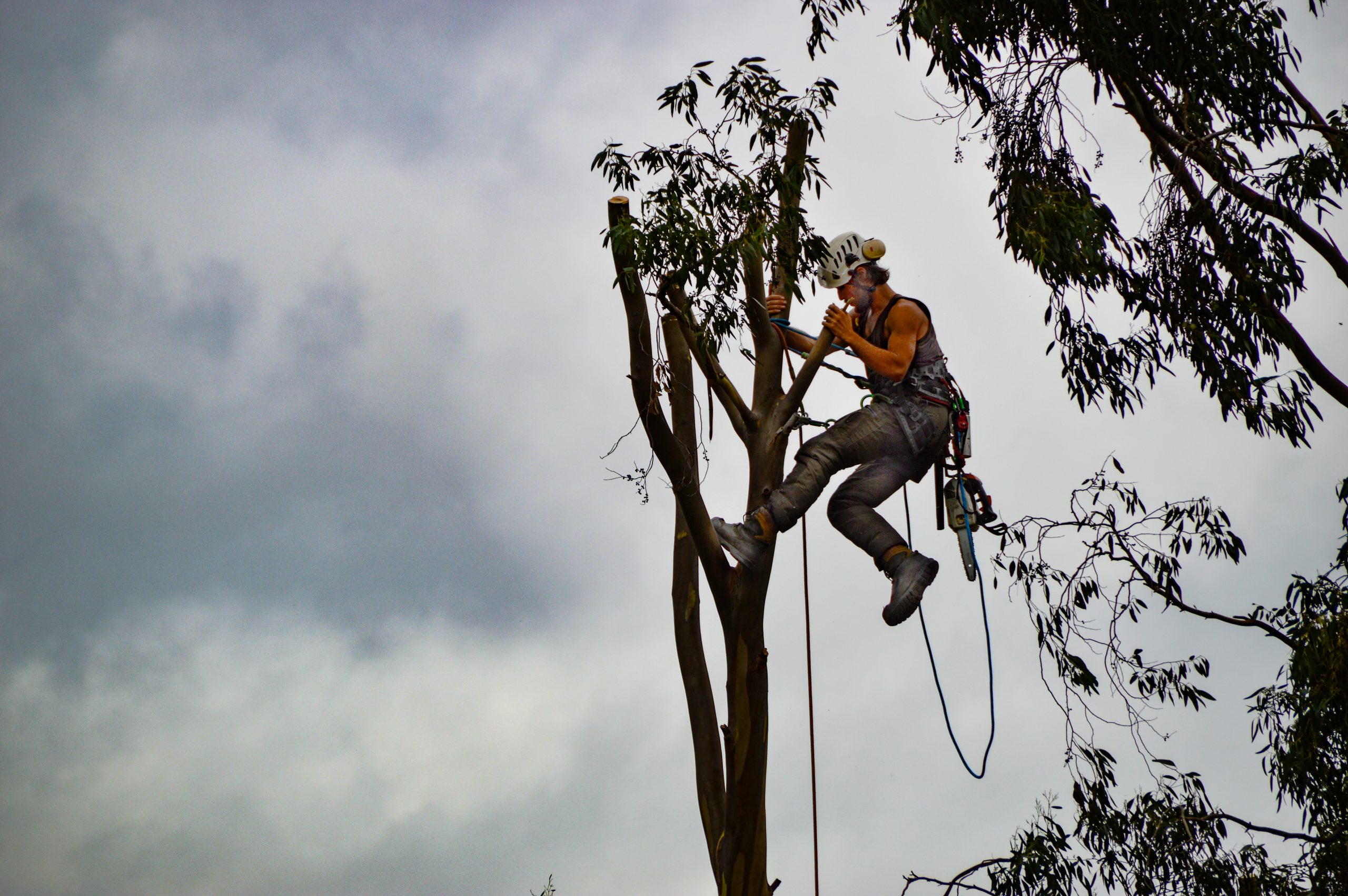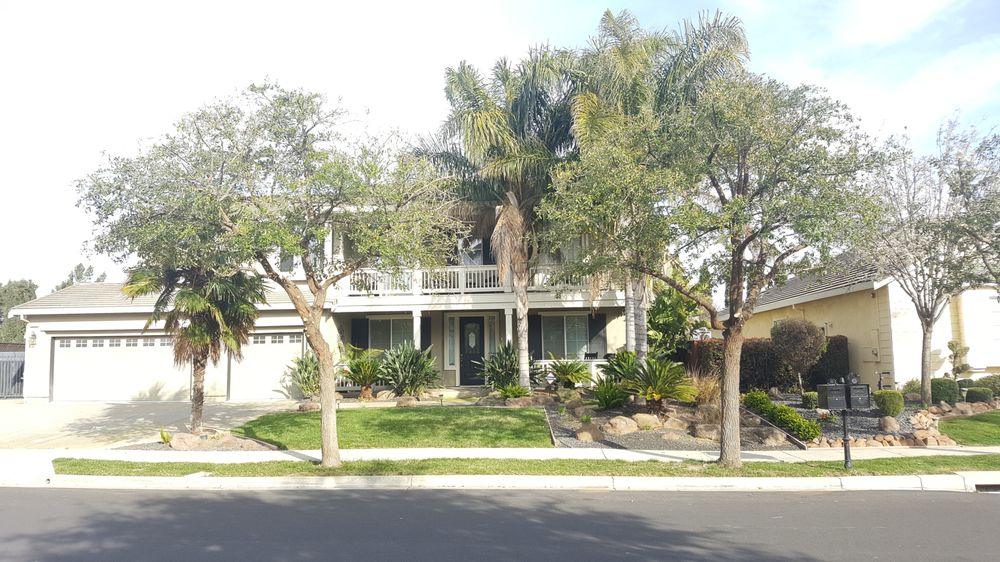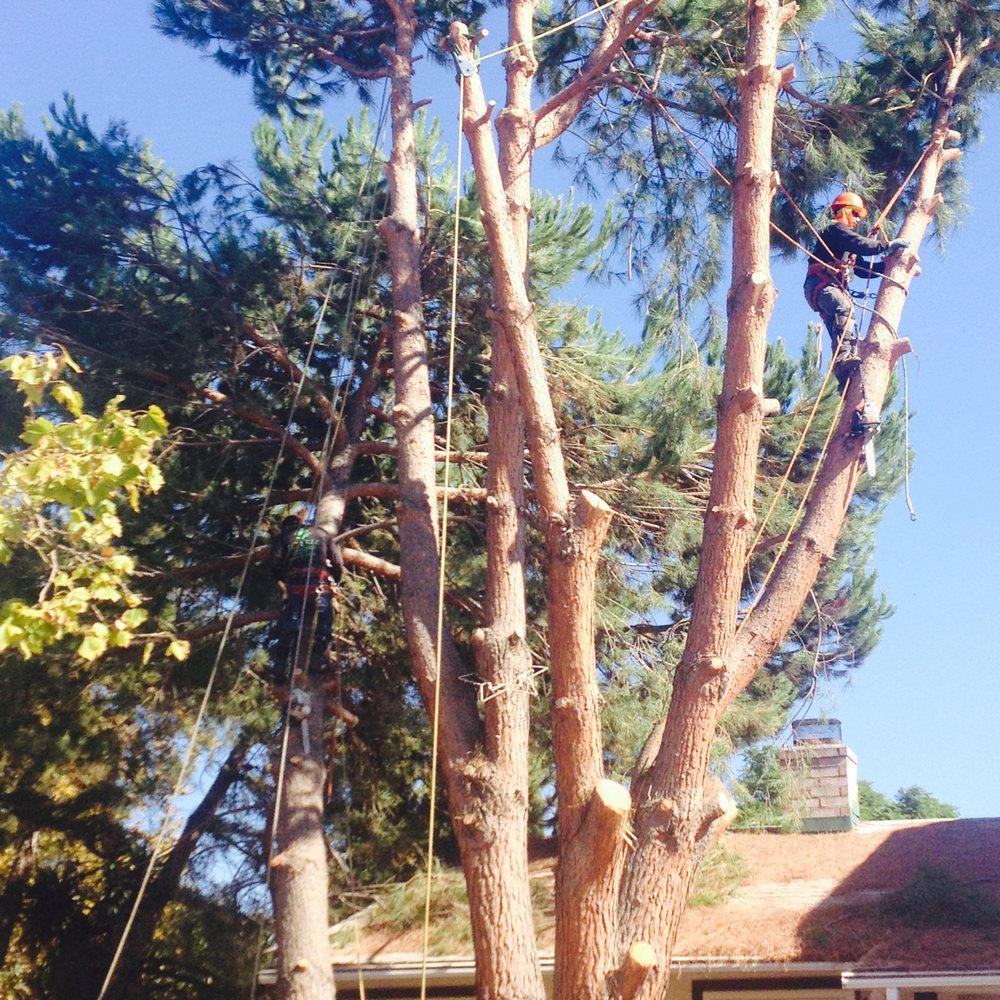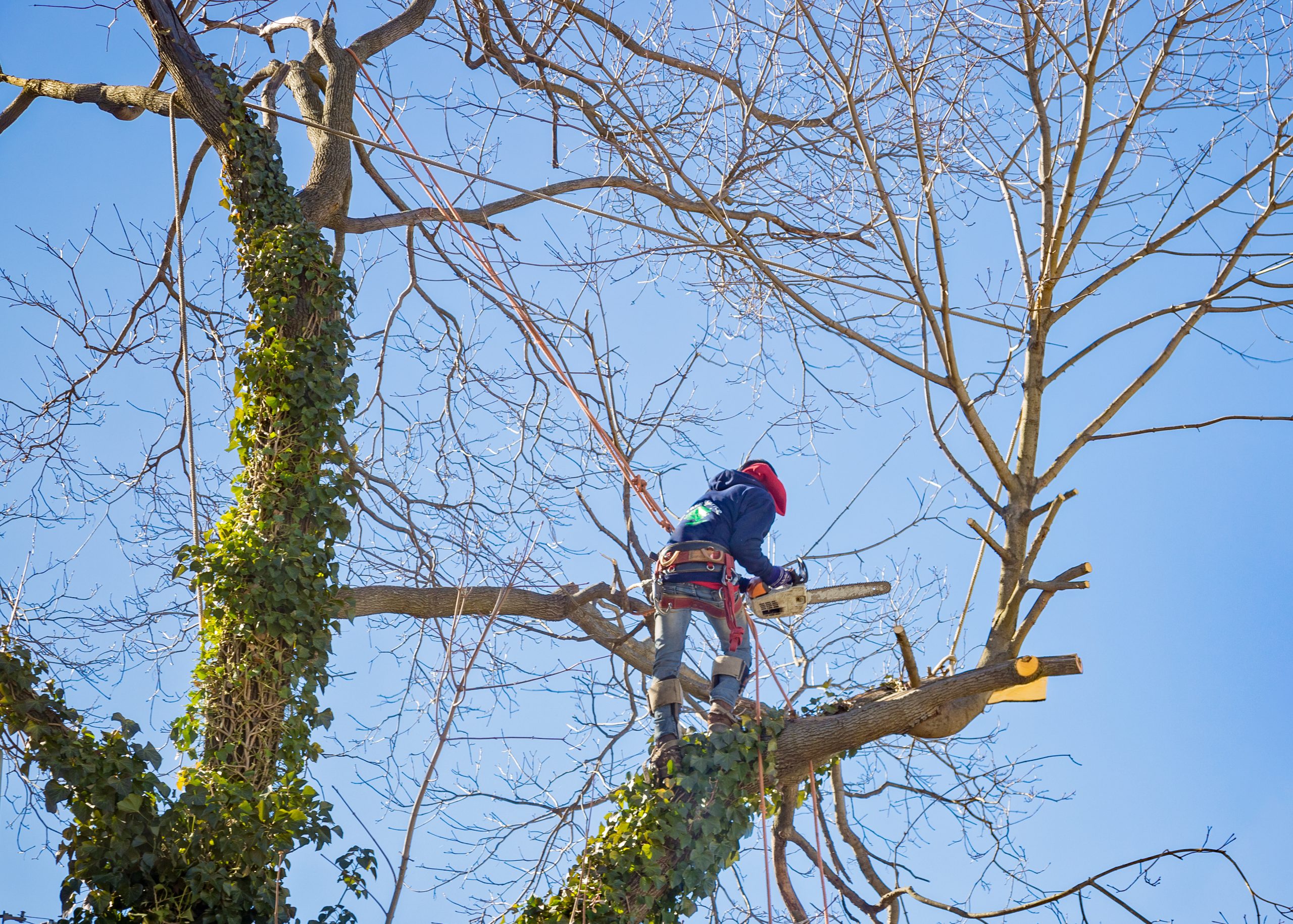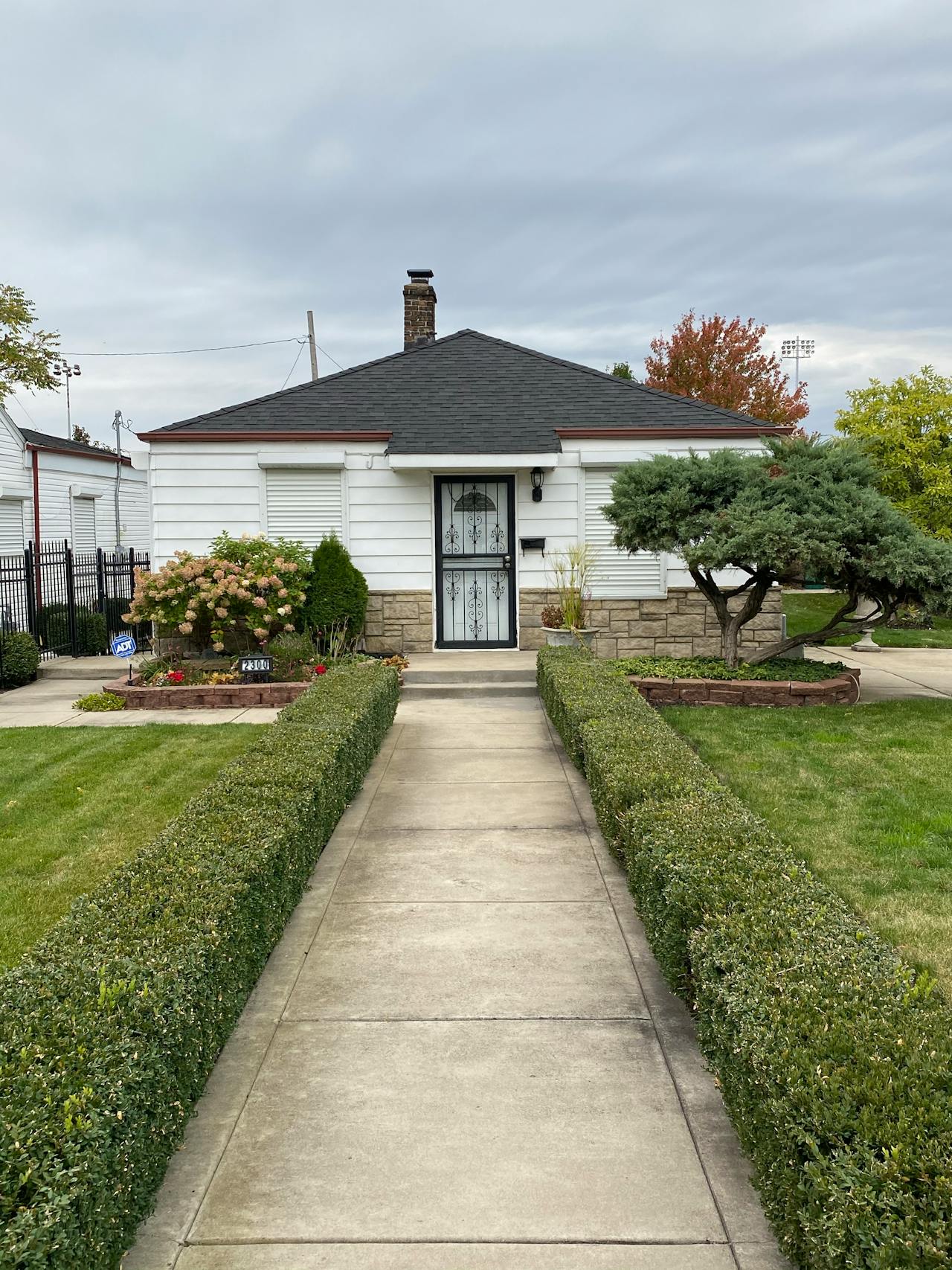In the realm of tree care, choosing a certified arborist for your tree health assessment is paramount. These professionals possess the expertise needed to evaluate the well-being of your trees accurately. By engaging a certified arborist, you are ensuring that your trees receive the best possible care and attention. With their specialized knowledge and training, arborists can provide valuable insights into maintaining the health and vitality of your trees. Understanding how to select the right arborist can make a significant difference in the longevity and beauty of your green assets.
Understand Arborist Role
Importance of Tree Health
Trees significantly impact property value and aesthetics, enhancing the overall appeal of a landscape. Healthy trees contribute to environmental sustainability by absorbing carbon dioxide and providing oxygen. They play a crucial role in balancing ecosystems.
They also act as natural barriers against potential hazards like soil erosion and flooding. By maintaining healthy trees, property owners can reduce long-term maintenance costs and ensure safety.
Arborist Responsibilities
Arborists offer a wide range of services, including pruning, tree removal, and pest management. They specialize in diagnosing tree diseases and developing treatment plans to restore tree health.
Regular tree assessments are essential for early disease detection and preventive care. Arborists play a vital role in promoting tree longevity through proper maintenance practices.
Verify Certification and Qualifications
Key Certifications to Look For
Arborists with ISA Certified Arborist credentials have undergone rigorous training and exams. These certifications ensure expertise in tree care. Check for other relevant certifications such as TCIA Tree Care Safety Professional (TCSP) or ISA Certified Tree Worker. Certifications demonstrate that the arborist has met specific standards and possesses up-to-date knowledge.
Accreditation Importance
Accreditation by organizations like the International Society of Arboriculture (ISA) signifies credibility and professionalism. Look for arborists with accreditation from Tree Care Industry Association (TCIA) or similar reputable bodies. Accredited arborists commit to ongoing education, guaranteeing familiarity with the latest practices.
Evaluate Experience and Expertise
Questions to Ask Arborists
When choosing a certified arborist for your tree health assessment, it’s crucial to prepare specific questions. Ask about their experience in the field, the methods they use for assessments, and the safety protocols they follow. Inquire about their approach to tree health assessments and the recommended treatments they suggest. To gauge their expertise and reliability, request references or examples of past work.
Importance of Professional Knowledge
The arborist’s understanding of local tree species and common diseases is essential. Assess their ability to provide tailored advice that meets your specific tree care needs. Their knowledge of current trends and technologies in tree care and maintenance is also crucial. Consider how well-versed they are in the latest advancements in the industry.
Prioritize Safety and Insurance
Safety Protocols in Tree Care
When selecting a certified arborist for your tree health assessment, investigate the safety measures they implement. Ensure they adhere to industry standards for equipment usage and worker safety. Ask about their crew members’ training and certifications related to safety protocols.
- Check safety measures
- Verify industry standards adherence
- Inquire about crew training and certifications
Prioritizing safety is crucial in tree care operations to prevent accidents and ensure the well-being of both the workers and your property. By confirming that the arborist follows proper safety protocols, you can minimize risks and promote a secure working environment.
Importance of Insurance Coverage
Confirm that the arborist carries liability insurance to protect against property damage that may occur during the assessment or maintenance process. Ensure they have workers’ compensation insurance in place to safeguard their employees’ well-being.
- Check liability insurance
- Verify workers’ compensation coverage
Hiring an uninsured arborist poses significant risks as it leaves you vulnerable to potential liabilities in case of accidents or damages. Understanding the implications of insurance coverage is essential to safeguard your interests and avoid unnecessary financial burdens.
Assess Equipment and Techniques
Modern Tools for Tree Care
Certified arborists should utilize up-to-date tools and equipment to ensure efficient tree care services. Check if their equipment is well-maintained and in good condition, which is crucial for safe operations. Inquire about their techniques for leveraging modern technology to enhance tree health.
- Pro: Efficient tree care, enhanced tree health
- Con: Outdated tools may lead to ineffective tree assessments
Effective Assessment Methods
Understanding the various assessment techniques employed by arborists is essential for evaluating tree health accurately. Visual inspections and diagnostic tools play a crucial role in their evaluations, ensuring a comprehensive understanding of the tree’s condition. Discuss with the arborist how they determine the best course of action based on their assessments.
- Visual inspections are vital for identifying visible signs of tree issues.
- Diagnostic tools such as resistograph and sonic tomography provide in-depth insights into tree health.
Get Multiple Quotes and Compare
Understanding Service Costs
When seeking quotes from arborists, it’s crucial to understand the service costs involved. Researching typical pricing structures in your area helps you gauge what to expect. Arborists should provide detailed breakdowns of costs for various services, including tree assessments, pruning, removal, and more. Factors like tree size, species, location, and the complexity of the job influence pricing significantly.
Consider requesting quotes from multiple arborists to compare their service costs effectively. By doing so, you can ensure that you are getting a fair price for the services you need. Understanding the breakdown of costs allows you to identify any potential hidden fees or unnecessary charges.
Comparing Service Offerings
Compile a list of services offered by different arborists to facilitate a comprehensive comparison. Evaluate the scope of each service package to determine which arborist offers the most suitable solutions for your specific needs. Look for additional services that may add value, such as ongoing maintenance plans or emergency tree care options.
Pros:
- Allows for a thorough evaluation of cost-effectiveness.
- Helps in choosing the most comprehensive service package tailored to your requirements.
Cons:
- Comparing multiple quotes can be time-consuming.
- Understanding complex pricing structures may require additional research.
When comparing service offerings, consider not only the immediate tree care needs but also any future requirements you may have. Opting for an arborist that provides a wide range of services can be advantageous in the long run, especially if you anticipate needing diverse tree care solutions over time.
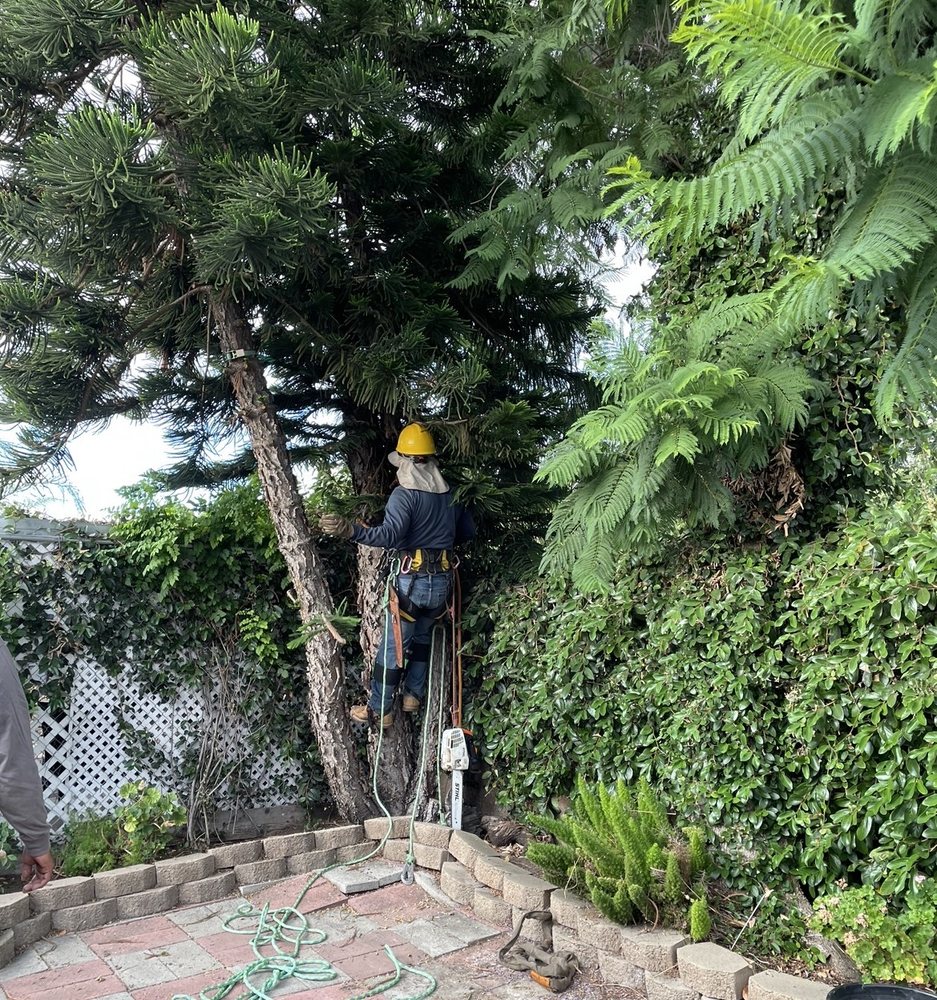
Communicate Clearly
Setting Expectations with Arborists
When hiring a certified arborist for your tree health assessment, clearly communicate your goals and concerns upfront. This ensures that both parties are on the same page regarding the project scope. Establish timelines for project completion to avoid any misunderstandings later on.
Discussing potential outcomes is crucial. Understand what you can expect from the arborist’s work to prevent any surprises along the way. By setting clear expectations, you create a roadmap for the arborist to follow, leading to a more successful tree health assessment.
Importance of Clear Communication
Choosing an arborist who can effectively articulate their plans and recommendations is key. They should be able to explain complex concepts in simple terms, ensuring you understand the proposed tree care strategies. An approachable arborist who welcomes questions and provides detailed answers shows a commitment to transparency.
Clear communication is not just about exchanging information; it builds trust and fosters a better working relationship. When you feel heard and understood by your arborist, you are more likely to collaborate effectively towards improving your property’s tree health.
Consider Environmental Practices
Eco-Friendly Tree Care Practices
When selecting a certified arborist for your tree health assessment, prioritize those who implement environmentally friendly practices. Ask about their strategies to reduce the environmental impact of their work. Opt for professionals who offer eco-conscious solutions for pest management and waste disposal.
- Seek arborists focusing on sustainable practices
- Inquire about minimizing environmental impact
- Look for eco-friendly pest control and waste disposal options
Sustainable Arboriculture Methods
Choose arborists who utilize organic fertilizers and natural pest control techniques. Evaluate their dedication to conserving native species and promoting biodiversity in tree care. Recognize the significance of long-term sustainability in upholding vibrant and healthy landscapes.
- Explore organic fertilizers and natural pest control
- Assess commitment to preserving native species
- Understand importance of long-term sustainability
Look for Professionalism and Reliability
Traits of a Trustworthy Arborist
When choosing an arborist for your tree health assessment, identify key traits like honesty, reliability, and professionalism. A trustworthy professional will always prioritize transparency in their services. They should showcase a genuine passion for tree care and the environment.
A reliable arborist will be forthcoming with information about their services, demonstrating a commitment to open communication. By evaluating their willingness to provide clear and honest details, you can ensure that your trees are in good hands.
Assessing Arborist Professionalism
During initial consultations, pay attention to the arborist’s punctuality and preparedness. These factors reflect their professionalism and dedication to their work. A professional arborist will arrive on time and come prepared to assess your trees effectively.
Evaluate the arborist’s presentation and demeanor as further indicators of their professionalism. A well-presented and respectful individual is likely to handle your tree health assessment with care and expertise.
Consider the arborist’s responsiveness to inquiries as another crucial aspect of their professionalism. A reliable professional will promptly address any questions or concerns you may have, showcasing their commitment to customer satisfaction. Their willingness to provide documentation such as certifications and insurance details adds to their credibility.
Summary
In choosing a certified arborist for your tree health assessment, understanding their role, verifying certifications, evaluating experience, prioritizing safety, assessing equipment, getting multiple quotes, clear communication, considering environmental practices, professionalism, and reliability are crucial. By following these steps, you ensure the health and longevity of your trees while promoting safety and environmental consciousness. Remember that a well-selected arborist can make all the difference in maintaining the beauty and health of your trees for years to come.
Take charge of your tree care today by applying these guidelines when selecting a certified arborist. Your trees deserve the best care possible, and with the right professional by your side, you can enjoy lush, healthy trees that enhance your property’s beauty and value.
Frequently Asked Questions
1. How important is it to choose a certified arborist for tree health assessments?
Choosing a certified arborist is crucial as it ensures expertise, professionalism, and adherence to industry standards, ultimately leading to accurate assessments and proper care for your trees.
2. What qualifications should I look for when selecting an arborist?
Look for certifications from organizations like the ISA, relevant experience, formal education in arboriculture, and a commitment to ongoing professional development to ensure quality tree care services.
3. Why is prioritizing safety and insurance essential when hiring an arborist?
Prioritizing safety and insurance is vital to protect your property and the professionals working on your trees. It indicates a commitment to safe practices and provides peace of mind in case of any unforeseen incidents.
4. How can I assess an arborist’s equipment and techniques?
You can inquire about the tools and techniques they use, ensuring they are up-to-date and appropriate for the job. Modern equipment and best practices indicate efficiency, safety, and quality workmanship.
5. Why is clear communication important when working with an arborist?
Clear communication ensures that both parties are on the same page regarding expectations, timelines, and outcomes. It fosters a positive working relationship, leading to successful tree assessments and effective solutions tailored to your needs.
Ensure Safety with JC Tree Service’s Professional Tree Health Assessment Services
Maintaining the health and safety of your trees is crucial, and JC Tree Service is here to offer expert tree health assessment services for your home or business. Whether you’re concerned about disease, structural stability, or environmental stress, our skilled team is ready to handle all your tree care needs in Brentwood, Antioch, and surrounding areas.
Understanding the importance of proper tree assessments, we deliver tailored solutions to prevent hazards like falling branches, improve tree longevity, and ensure your landscape is safe and beautiful. By addressing issues early, we help you avoid costly emergencies while enhancing curb appeal and property value. With JC Tree Service, your trees will be healthy, well-maintained, and prepared for every season.
Don’t wait until it’s too late. Contact JC Tree Service today to learn how our professional tree health assessment services can improve your property’s safety and appearance. We offer a free, no-obligation quote to help you get started. Experience the peace of mind that comes with expert tree care!
Disclaimer
The materials available on this website are for informational and entertainment purposes only and not to provide legal or professional advice. You should contact your attorney or home improvement specialist to obtain advice concerning any particular issue or problem. You should not act or refrain from acting based on any content included in this site without seeking legal or other professional advice. The information presented on this website may not reflect the most current home improvement developments. No action should be taken in reliance on the information on this website. We disclaim all liability concerning actions taken or not taken based on any or all of the contents of this site to the fullest extent permitted by law.
